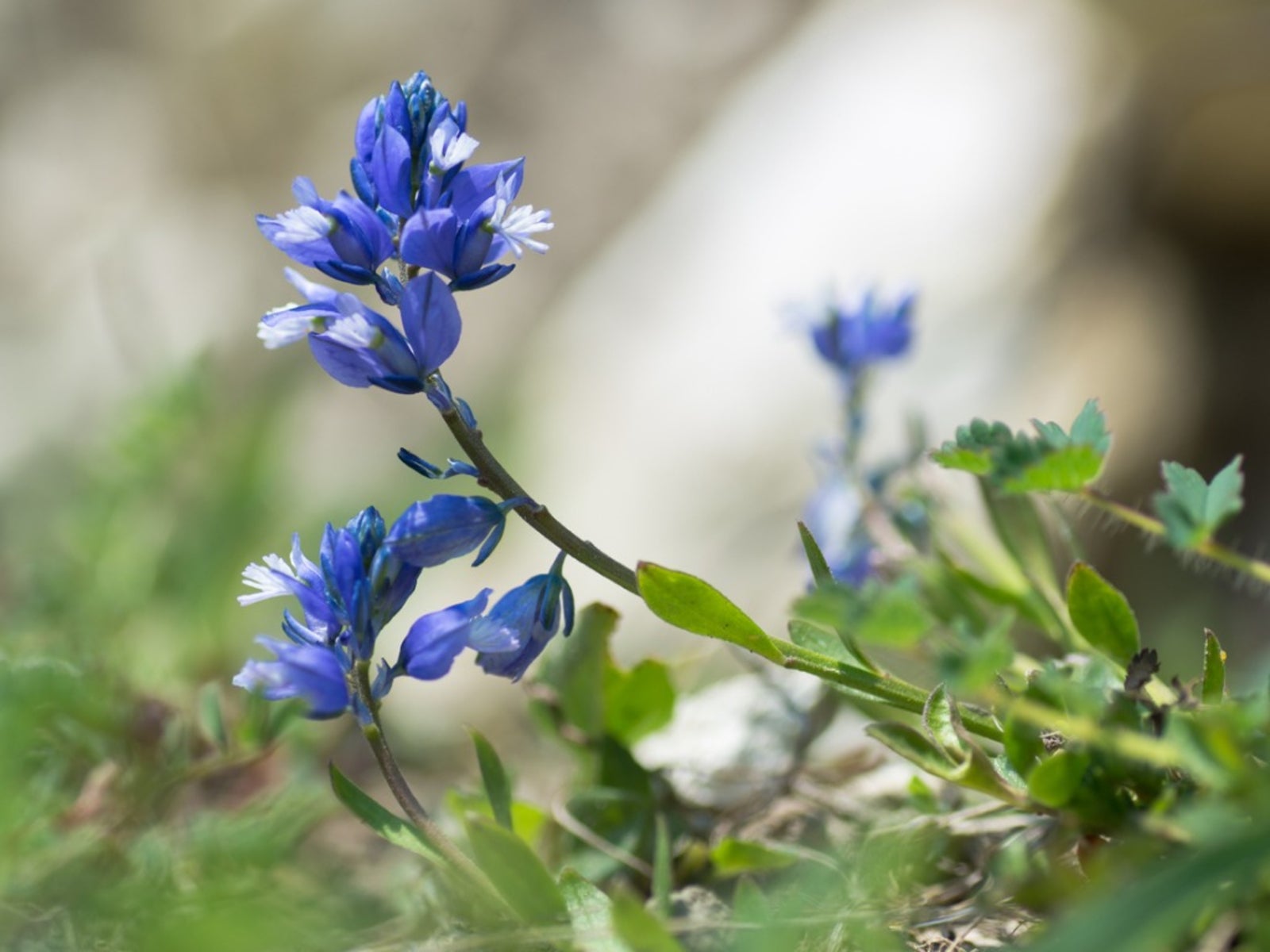Growing Milkwort Flowers – Tips On Uses For Milkwort In Gardens


Wildflowers have a special place in my heart. Hiking or biking around the countryside in spring and summer can give you a whole new appreciation for the natural beauties of this world. Milkwort may not have the cutest name and it isn’t native to North America, but it is one of the stars of the show from summer to early fall in Europe. Milkwort wildflowers are perennial herbs that have a long history as a medicinal. Keeping reading to learn more about this interesting plant.
Milkwort Plant Info
Common milkwort is found in grasslands, heaths and dunes. It is a familiar sight in the landscape in Britain, Norway, Finland and other European countries. Polygala vulgaris is the plant’s scientific designation. The Greek polugalon means “to make much milk.” This describes the plant’s historic use as an aid to increase lactation in new mothers. There were many medicinal and religious uses for milkwort, some of which persist today. Milkwort wildflowers are small plants, only 4 to 10 inches (10 to 25 cm.) in height. It produces many long downy stems that spring from a basal rosette. Flowers are generally deep to light blue but may also be white, purple and pink. Flowers have tiny petals flanked by a pair of flattened sepals that resemble petals. The overall bloom resembles a pea flower with its fused keel and tubular upper petals but is not related to the family. The slender lance-shaped leaves are alternate along the stem and disappear from the lower plant during bloom time. Common milkwort is listed as endangered in Finland due to habitat loss. In its native regions, Milkwort is found in meadows, pastures, banks, and hummocks.
Growing Milkwort Flowers
Growing milkwort flowers from seed seems to be the best method of propagation. Seeds can be hard to come by, but some online retailers do carry them. Start seeds indoors before all danger of frost has passed or sow into a prepared bed after any frost is expected. Keep seedlings moderately moist and use a diluted plant food once seedlings have 4 sets of true leaves. Milkwort performs well in either full or partial shade in well-drained soil. These plants are best in a mass of undulating wiry stems and sky blue flowers. Plants can be cut back in late fall to within 6 inches of the ground. Mulch around them to protect the root zone from winter’s chill.
Milkwort Uses
Milkwort leaves have been known to be used as a tea substitute. They are also added to green tea for flavoring. The herb contains triterpenoid saponins, which have the ability to break up mucous and treat respiratory ailments. The plant is also listed as having diuretic properties and the ability to cause a recuperative sweat. This pretty little herb was also once gathered for certain Christian processions. In the landscape, milkwort is an attractive addition to the perennial garden or in a cottage herb plot.
Gardening tips, videos, info and more delivered right to your inbox!
Sign up for the Gardening Know How newsletter today and receive a free copy of our e-book "How to Grow Delicious Tomatoes".

Bonnie Grant is a professional landscaper with a Certification in Urban Gardening. She has been gardening and writing for 15 years. A former professional chef, she has a passion for edible landscaping.
-
 How To Grow Seeds Quickly: 8 Expert Tricks For Fast Flowers & Crops
How To Grow Seeds Quickly: 8 Expert Tricks For Fast Flowers & CropsIt's never too late to start growing! Jump-start your flower or vegetable garden with these pro tips and tricks for germinating seeds in record time.
By Amy Grant
-
 8 Perfect Flowers To Plant With Tomatoes To Boost Yields & Banish Pests
8 Perfect Flowers To Plant With Tomatoes To Boost Yields & Banish PestsDon’t forget flowers when choosing companion plants for your tomato beds or pots. These pretty, fragrant blooms add beauty but are also highly beneficial.
By Mary Ellen Ellis